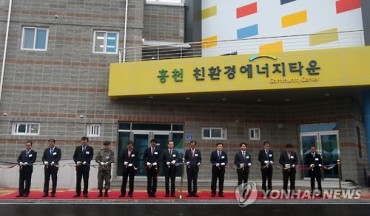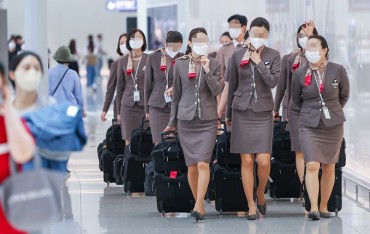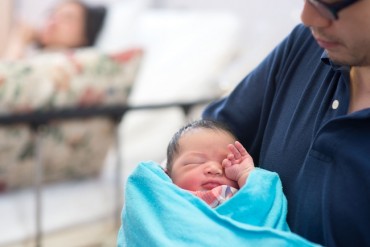
The Seoul Metropolitan Government plans to neuter more than 10,000 stray cats in cooperation with Catmoms (a recently coined term for stray cat caregivers), animal protection groups, and veterinarians. (Image : Pixabay)
SEOUL, Feb.25 (Korea Bizwire) – The Seoul Metropolitan Government plans to neuter more than 10,000 stray cats in cooperation with Catmoms (a recently coined term for stray cat caregivers), animal protection groups, and veterinarians.
Officials announced that the city would spend 750 million won to neuter stray cats through a public-private partnership.
Firstly, 8,000 cats will be neutered through sterilization programs carried out by individual district offices since 2008. The city has captured between 5,000 and 7,000 stray cats each year and neutered them, but the effects were pointed out to be minimal because only cats from areas with registered complaints were the target.
This year, with the participation of citizens, the sterilization rate is expected to increase, with 2,000 cats likely to be neutered.
Seoul plans to provide private organizations with financial support to help them neuter cat populations.
Organizations such as animal protection groups will select specific cat groups, and neuter individual cats until the sterilization rate reaches 70 percent. The city will support two organizations with up to 75 million won.
In addition, a ‘neutering day’ will be designated. Veterinarians and Catmoms will volunteer to neuter 200 cats in total. Catmoms who know where the cats usually appear will capture them and bring them to a makeshift clinic, and veterinarians will go through the procedure.
The first ‘neutering day’ will be held at Jamwon Culture and Welfare Center in Seocho-gu, and will feature the participation of 30 to 40 Catmoms from the area as volunteers. Seocho-gu provided the space for the clinic, and Seoul provided the necessary drugs.
Currently, the number of stray cats in Seoul is estimated to reach 200,000, but the sterilization rate is only 11 percent. If more than 70 percent of the cats in a population are neutered, and an additional 15 percent are neutered each year, the number of cats in the group subsides.
City officials plan to observe the effectiveness of stray cat feeding facilities established in four areas since November, and seek ways to expand the facilities to public spaces and residential areas.
The sterilization rate of stray cats at the feeding facilities was 49 percent as of January 2016. The goal is to increase the rate to 70 percent by the end of June.
Authorities from the Seoul Metropolitan Government commented that stray cat problems must be solved to provide a city ecosystem where humans and cats can live in harmony, and to control the number of stray cats, sterilization is the most effective measure.
By Lina Jang (linajang@koreabizwire.com)






